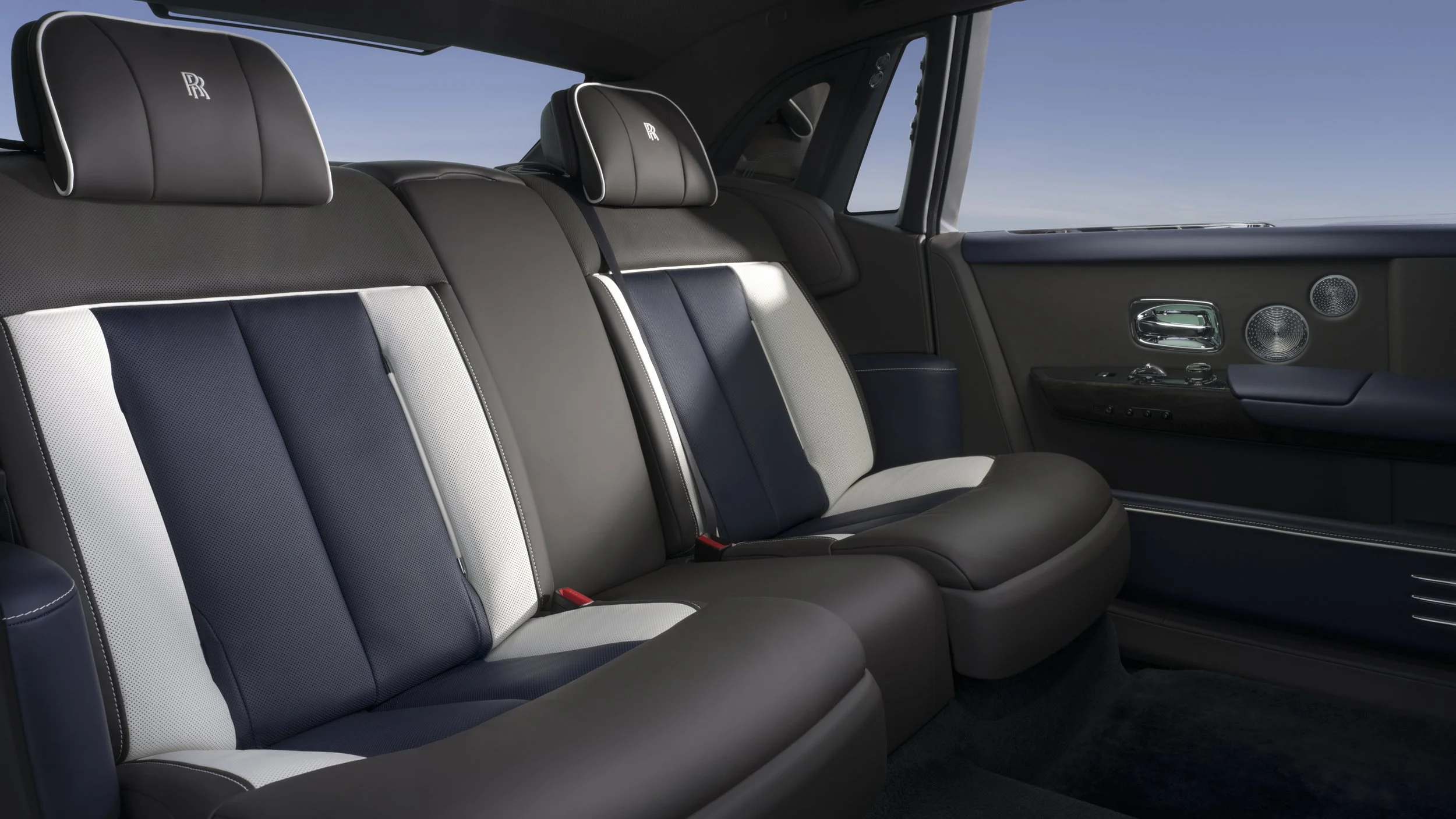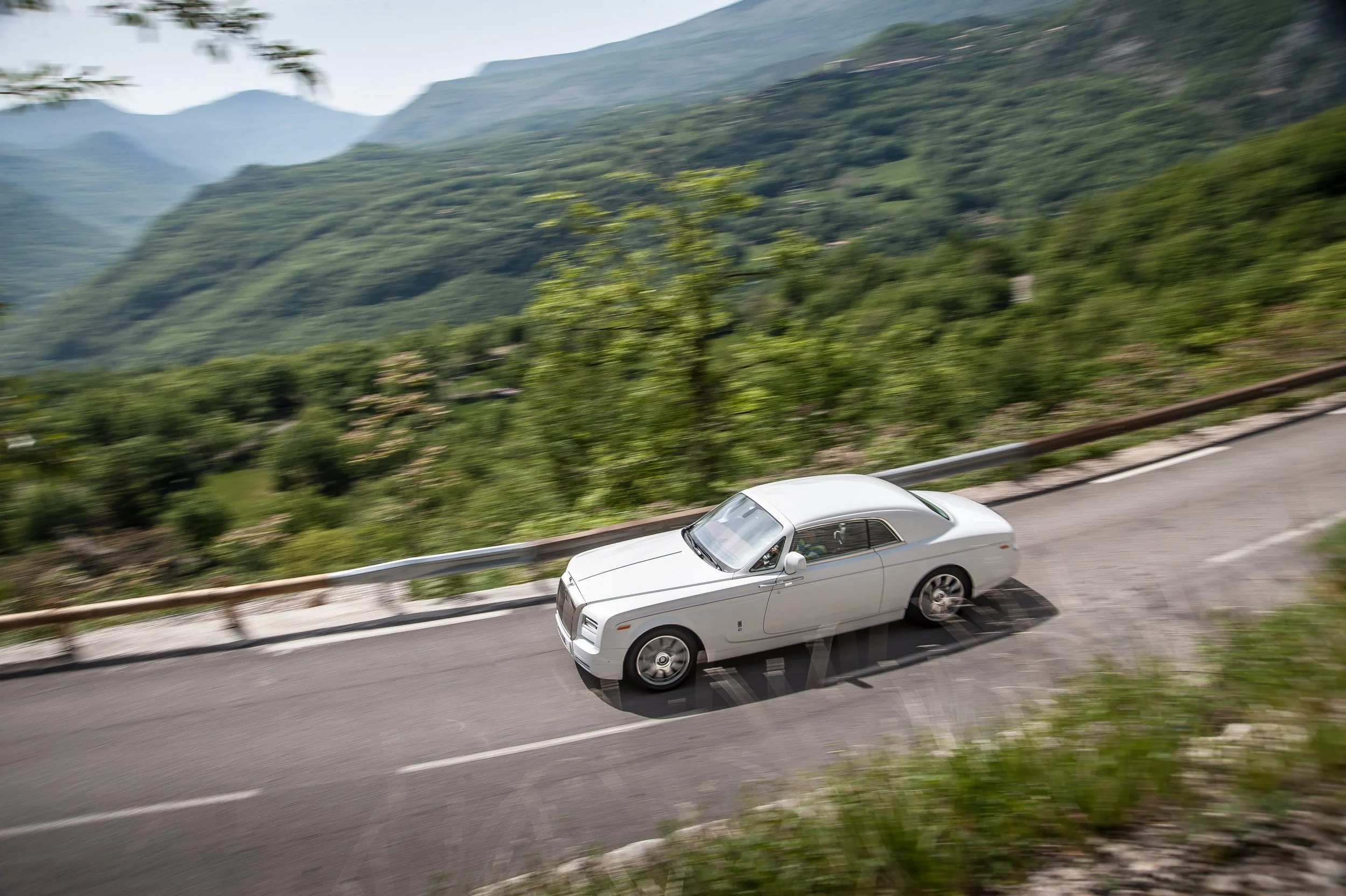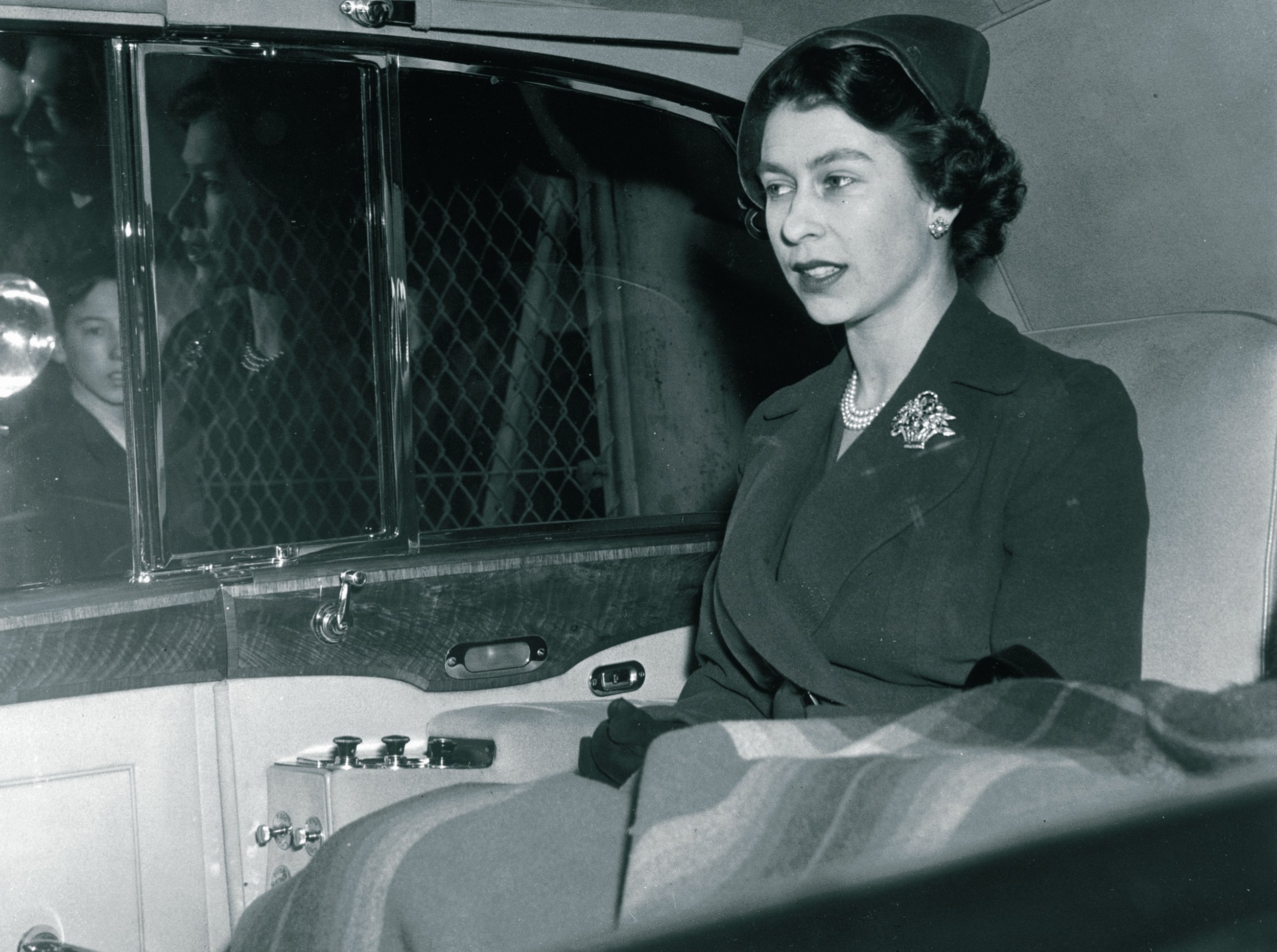Rolls-Royce Phantom: A Century at the Pinnacle of Luxury
“Phantom is much more than a motor car. For 100 years, it has stood at the pinnacle of all Rolls-Royce motor cars – a cultural phenomenon that reflects and influences the world. From its earliest days, Phantom has been one of the most desired rewards for success and a potent symbol of power and prestige on the world stage. Beyond status, it has always offered its owners a canvas for personal expression, transformed through Bespoke craftsmanship into a moving work of art. Across music, politics, art, and beyond, Phantom has been present in many of history’s defining moments. The stories surrounding it and the images they’ve inspired our designers to create reveal its extraordinary reach and its enduring connection to greatness.”
Chris Brownridge, Chief Executive, Rolls-Royce Motor Cars
The Rolls-Royce Phantom has embodied effortless luxury, engineering brilliance and peerless craftsmanship for a century. Each of its eight generations has reigned as the marque’s flagship and the world’s most coveted luxury motor car, an icon that signals connoisseurship for those who shape global culture. Designers continue to celebrate the centenary with original artworks that trace Phantom’s cultural impact and spotlight the Bespoke artistry that still defines the brand.
Artists have linked Rolls-Royce to high culture since 1910, when Charles Sykes created oil paintings for an 80-page catalogue before sculpting the Spirit of Ecstasy. The latest illustrations underline how Phantom’s clientele has diversified far beyond its original aristocratic circle while confirming its permanent role at pivotal moments in politics, society and the arts.
Field Marshal Bernard Law Montgomery understood Phantom’s symbolism. The “Spartan General” chose comfort only in his transport, using a 1936 Phantom III to convey Winston Churchill, General Eisenhower and King George VI to crucial D-Day meetings. He later bought the aerodynamic “Butler” Phantom III, whose sloping windscreen and swept-tail bodywork reflected wartime innovation and later carried Commonwealth prime ministers.
Royal patronage soon followed. In 1948, the Duke of Edinburgh commissioned the first Phantom IV, codenamed Maharajah of Nabha, to preserve secrecy. That motor car still serves in the Royal Mews and inspired subsequent Phantom IVs, Vs and VIs, including the Silver Jubilee Phantom VI presented to Queen Elizabeth II in 1977 and prominently used at the wedding of the then-Duke and Duchess of Cambridge in 2011.
Phantom also helped forge nations. Sheikh Zayed Bin Sultan Al Nahyan received his Phantom V in 1966; the motor car featured at his inauguration as ruler of Abu Dhabi and at the 1971 ceremony uniting the United Arab Emirates. The same Phantom later carried Queen Elizabeth II during her historic 1979 state visit, linking two royal legacies.
Diplomats worldwide adopted Phantom as a rolling envoy. Parliamentary debates in 1965 confirmed its soft-power value, while ambassadors from New York to New Delhi relied on Phantom Vs to project British authority. Sir John Fretwell told The Times, “My Rolls certainly helped when visiting the Élysée. The guards on the gate had no excuse for not knowing it was the British ambassador.” Such presence even prompted rumours that Britain widened the statutory gap between parking metres to accommodate the 5.8-metre Phantom V.
Cultural titans soon embraced Phantom’s expressive potential. John Lennon ordered a blacked-out Phantom V in 1964, telling Rolling Stone, “It’s partly that, but it’s also for when you’re coming home late… You just shut all the windows and are still in the club.” Two years later, he repainted it in psychedelic yellow with swirling motifs, provoking an outraged passer-by who cried, “How dare you do that to a Rolls-Royce!” before striking it with her umbrella. Lennon later donated the car to the Cooper Hewitt Museum; it sold for a record $2,299,000 in 1985 and now resides at the Royal British Columbia Museum as perhaps the most famous Rolls-Royce in the world.
Hollywood also gravitated to Phantom. After Warner Brothers pioneered the talkies in 1927, studio co-founder Jack Warner rewarded himself with a Phantom, while stars from Mary Pickford to Fred Astaire joined the owners' ranks. Cinema showcased the model’s drama in 1964: Auric Goldfinger’s black-and-yellow 1937 Phantom III smuggled gold past James Bond, an appearance honoured in 2024 by the one-off Phantom Goldfinger. The same year, The Yellow Rolls-Royce, starring a 1931 Phantom II, followed the car’s adventures across Europe with an all-star cast and a Golden Globe-winning song.
Music royalty echoed cinematic legends. In 1963, Elvis Presley bought a Midnight Blue Phantom V and refinished it in Silver Blue after his mother’s chickens pecked their reflections in the mirror-polish paint. He later donated the car to charity, inspiring Leonard Cohen’s song “Elvis’s Rolls-Royce.” Such stories cement Phantom as the reward of choice for entertainment pioneers.
The digital age created a new elite. From the mid-1970s, personal technology accelerated fortunes, and Phantom VII arrived in 2003 as the perfect blank canvas for Bespoke personalisation at the brand-new Goodwood home of Rolls-Royce. Social media amplified its allure: influencers who made their wealth on YouTube or Instagram documented their Phantom experiences, while three Phantom Drophead Coupés circled the 2012 London Olympics stadium with Jessie J singing from the first car’s open roof.
Today, the Rolls-Royce Phantom continues to feature in music videos from Calvin “Snoop Dogg” Broadus and Pharrell to Drake. At the same time, museums such as the Saatchi Gallery display it as automotive art. Collaborations with Hermès and Iris van Herpen highlight the model’s role as a creative canvas, and modern Bespoke commissions translate clients’ heritage and values into moving masterpieces.
As Phantom begins its second century, each new order adds to an unfolding narrative of excellence, individuality and presence. Rolls-Royce will honour this milestone with worldwide celebrations throughout the centenary year, affirming Phantom’s status as the ultimate expression of luxury, influence and personal legacy.


































































